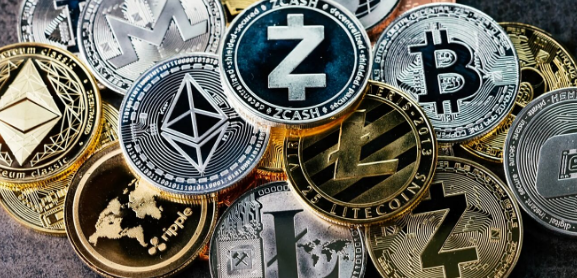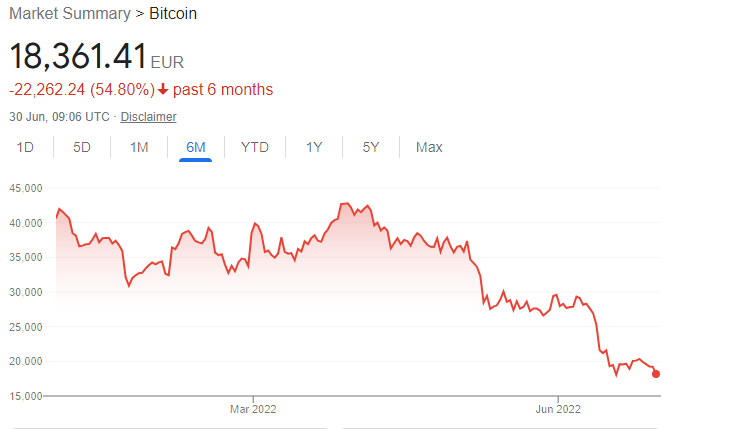The recent and precipitous fall in value of Bitcoin should serve as a reminder of the importance of financial education. Over the course of the last 5 years, its value has whipsawed from one extreme to another. Some early buyers of the crypto-token have fared well while some more recent buyers have seen values plummet.

Bitcoin is only one of many such types of modern alternative investments. It surely won’t be the last and to reinforce this point, the rise of so-called non-fungible tokens or NFTs is another iteration of investments that are broadly available but sometimes little understood.

This is why it is important financial education is made more broadly available in schools across the country.
Financial education is not merely about teaching kids about how to manage their money or to budget and save. Rather it is teaching them to think a little differently. To get them to plan, to evaluate, to consider risks and understand some key concepts. Such examples include how to read a payslip, to develop an understanding of why we pay income tax and what those taxes (and PRSI) are used for. Or to inform kids on the basic elements of investing. Of how compound interest works and why people may sometimes need to use credit.
Comprehensive framework
MoneyWhizz has developed a comprehensive financial education framework. Generally, it is based on 6 key areas:
- Earning and income
- Saving and spending
- Credit and debt
- Investing
- Risk and protection
- Financial decision-making
To ensure the content is relevant for various age groups, the material is presented in a way that is tailored for
- Age 5 -7
- Age 8 – 11
- Age 12 – 18 and
- Age 18 and older
Teaching them financial confidence
Money is no longer about notes and coins. Modern money is about a lot more. There are aspects of money and financial decisions that children face today which their parents did not. Online purchases and even, online investing are just some examples. So, it is important to prepare them with a foundation of financial knowledge that will give them a chance of asking the right questions and limiting many of the risks too!
Bitcoin serves as a good example. With growing access to investing, some children as young as age 16 have been able to make Bitcoin purchases on their own. However, with little investing knowledge, many were buying because of market hype and without a deeper understanding of how it worked and the investment risk it carried.
In an ideal world, a foundation level understanding of investing and risk might prompt some essential questions such as whether not the investment was safe in the first place. However, this is also a question that some adults invested in the crypto-token should be asking too!
Frank Conway is Founder of MoneyWhizz


Comments are closed.